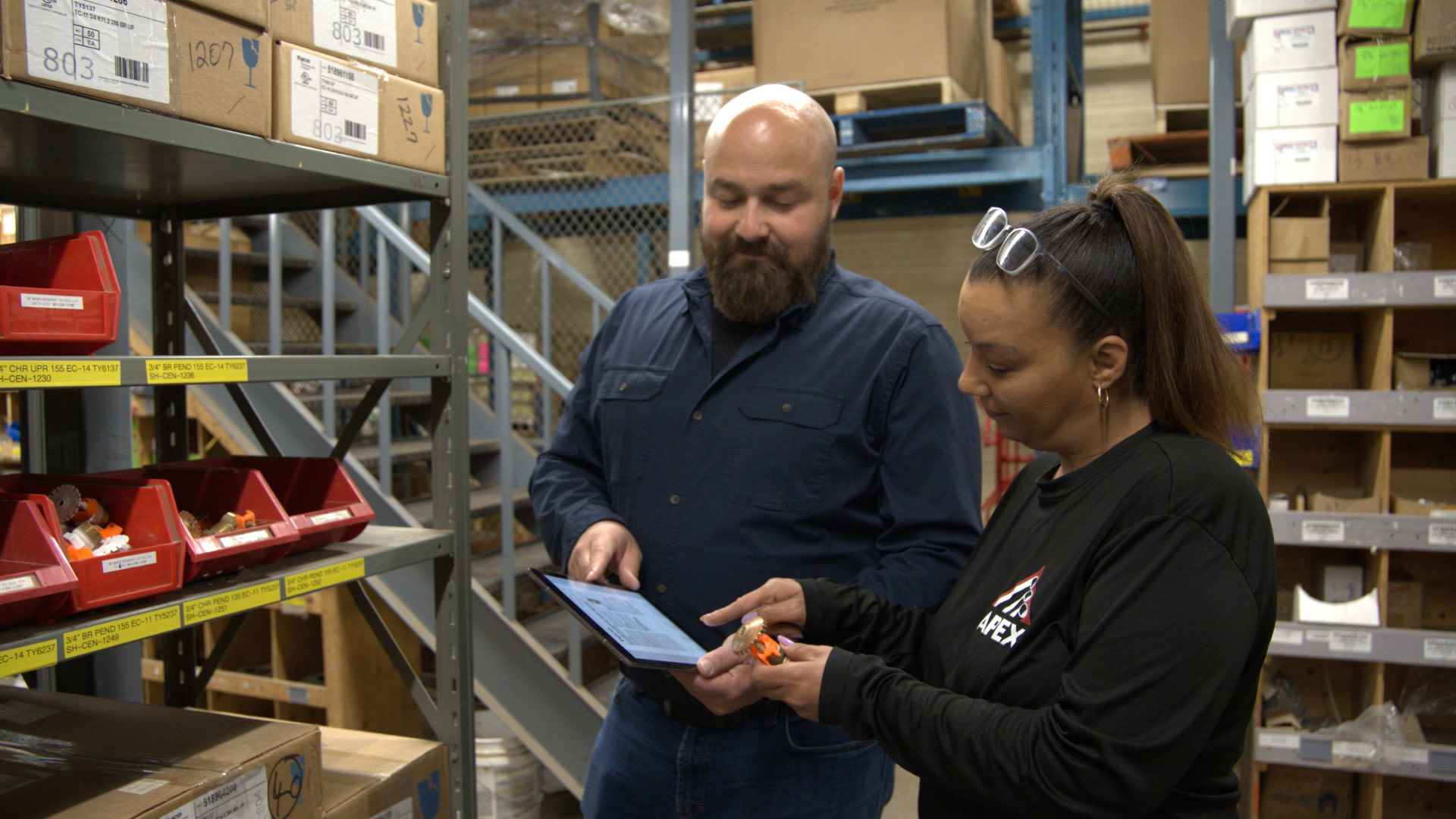Customer Story
Classic Fire and Life Safety Takes Control of Its Labor Costs
Procore Helps Fire Safety Contractor Maximize Staff Efficiency

The Challenge
Classic Fire and Life Safety (Classic) is a fire protection contractor and service provider with locations throughout Canada and the southern US, making it a challenge to communicate and manage staff. Without a central management platform, staff relied on emails to share ideas and track critical information, making it difficult to properly support remote teams. A lack of insight into their project operating costs made it hard to accurately forecast labor needs for upcoming projects, leaving the company unsure whether it would come out ahead until projects were nearing completion.

The Solution
The team vetted multiple project management programs, with a particular eye on solutions that would provide mobility for easier decision-making on the fly. Procore emerged as the clear choice, with immediate buy-in from both the office and field teams, who had long worked with the platform through general contractors.

The Results
- Classic is finally able to quantify how its labor hours are being spent, allowing the company to save money by reducing headcount where it’s not needed
- Having a centralized source of information allowed Classic to standardize its processes, workflows and expectations throughout its operating regions
- Procore puts the most up-to-date drawings and data directly into the hands of everyone in the field, allowing those teams to make faster and better decisions
“With Procore, we're able to evaluate our processes and find our efficiencies, and that’s helped us understand how we're performing on jobs in a way that we couldn’t before.”
Mike Van Eerde
Director of Construction
Classic Fire and Life Safety
Too little communication, too much guesswork
Classic Fire and Life Safety installs sprinklers, fire alarms, and other types of life safety systems in a vast range of structures across a widely dispersed area. The company is based in Ontario, Canada and operates primarily throughout Canada but also maintains a US division with an office in Georgia and Alabama. With such a vast operating region, the company has had challenges at times to manage internal communications, deploy resources and support remote teams—challenges made harder by the lack of a central management platform. “We had a lot of great ideas and a lot of great workmanship happening, but we were never able to share them efficiently or easily across time zones or regions,” says Mike Van Eerde, Director of Construction, Classic.
With such a diffuse workforce and no company-wide scheduling solution, controlling labor costs was also a major challenge. “When you have 200 active, ever-changing schedules, but you don't have a system built to handle it, it's really difficult to understand where your labor needs may be in the next two months,” says Dave Groen, Vice President of Construction, Classic.
And a lack of detailed, easily accesible financial insight into current projects made it tough to know when staff was being used inefficiently. ”We would complete these large complex jobs on time and within budget, but we'd have no idea where the time went,” says Van Eerde. “We’d know we used it on the job, but no one could tell you [exaclty] where it went or how long things took.”
Hoping to resolve these issues, Classic adopted Acumatica, an ERP system with a built-in project management module. The ERP itself was a perfect fit, but the team felt they needed a project-management platform better suited to the construction business. The team was already familiar with Procore, having used it through general contractors on earlier projects for many years. When they discovered Procore offered seamless integration with Acumatica, the decision was easy.
Better communication makes everyone more productive and effective
With Procore integrated into the business, Classic noticed an immediate impact on communication. “When you're in the field or at your computer, the communication tools allow everyone on a job to talk freely as needs arise,” says Van Eerde. And the ability to place up-to-date drawings in the hands of everyone in the field, even amid frequent revisions and mark-ups, helped remote teams streamline their decision making and reduce the potential for rework.
Of course, the goal of communication is to promote understanding, and the power to generate detailed reports has helped everyone in the organization better appreciate the unique conditions facing various teams. “The reports help us understand what we're doing and how well we're doing it,” says Van Eerde. “And the ability to distribute them to all levels of management across the company allows people who don't always have the time or availability to be as involved in our projects to really understand the nuances of challenges of what we face day to day.”
Reduced labor costs, standardized workflows and the data to prove it’s all working
Most importantly, Procore has helped Classic become a more efficient and effective organization. With the insights gained through Procore’s Resource Planning tool, the company can more accurately forecast its staffing needs. “We can look ahead at our jobs in a way that's more authentic and creates a better understanding of our labor needs, then put those reports directly into the hands of the people that need it for hiring,” says Van Eerde. And the My Time tool lets them clearly track and analyze their labor hours on each project. “We can quantify exactly how our jobs are going and where the labor hours are being spent. That type of work wouldn't have been possible without Procore.” As a result, since adopting Procore, Classic has had more visibility into labor spend and productivity metrics.
Procore has also allowed Classic to standardize its operations, making it easier to replicate success across projects and regions. “We've got the ability now to do things the same way in each space regardless of who's leading that project,” says Van Eerde. That standardization, particularly around workflows, has helped the company remain “efficient and more effective” as it’s expanded, because everyone knows up front what is expected of them, no matter how new to the company they may be.
“I like to explain to our new team members that a lot of our tasks are individual tools within Procore, which gives them a bit of a guide in their day-to-day jobs,” says Van Eerde.
Overall, Procore has replaced guesswork and miscommunication with accurate forecasts, streamlined operations and an empirical understanding of their business performance. “With Procore, we're able to evaluate our processes and find our efficiencies, and that’s helped us understand how we're performing on jobs in a way that we couldn’t before,” says Van Eerde. The difference comes down to data. “Instead of anecdotal evidence like somebody saying, ‘I thought this job did well because of X, Y, Z,’ Procore lets us actually have a dataset behind it and say, "I know this job did well because of this."



